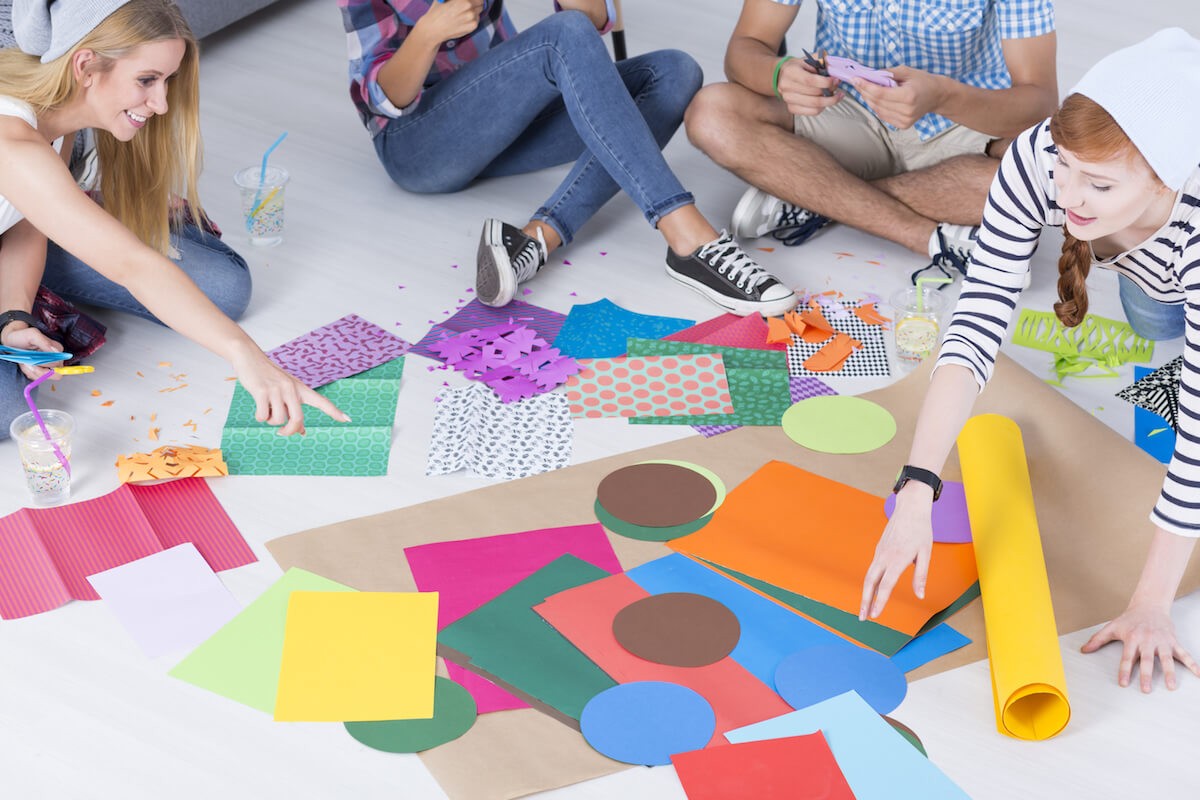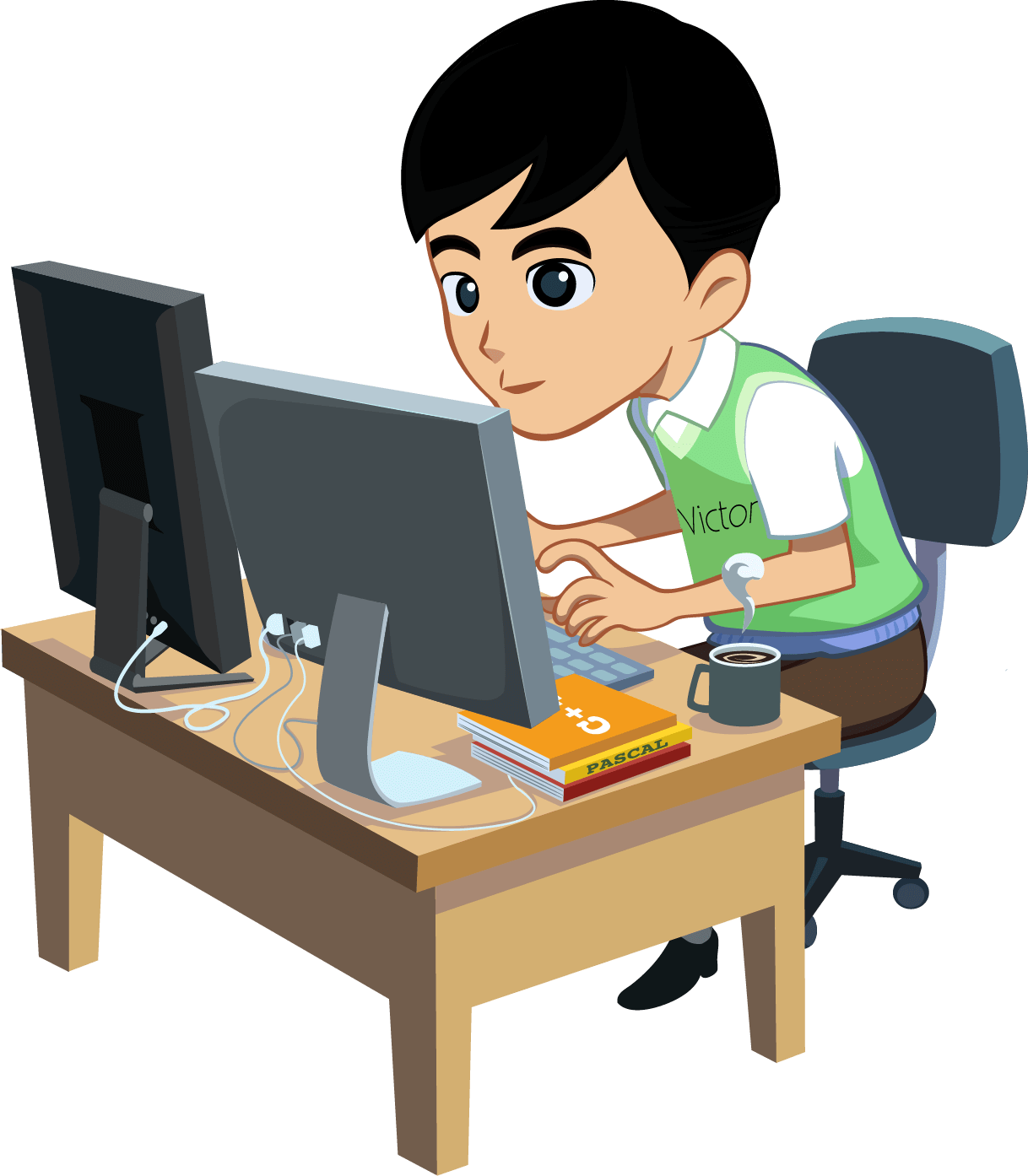การเรียนรู้โดยใช้การคิดสร้างสรรค์เป็นฐาน (Creative-based Learning)
Creative-based Learning (CBL)

ในโลกที่เปลี่ยนเร็ว การสอนแบบเน้นผู้เรียนลงมือสร้าง (CBL) ช่วยให้ผู้เรียนเชื่อมโยงความรู้กับบริบทจริง ฝึกคิดสร้างสรรค์ แก้ปัญหา และสื่อสารอย่างมีความหมาย
In a fast-changing world, CBL empowers learners to connect knowledge with real contexts, practice creativity, problem-solving, and meaningful communication through making.
1) ความหมายของ Creative-based Learning
1) What is Creative-based Learning?

CBL คือแนวทางที่เน้น “กระบวนการคิดสร้างสรรค์” เป็นเครื่องมือหลักในการเรียนรู้ ผู้เรียนตั้งคำถาม ออกแบบ สร้างชิ้นงาน สะท้อนคิด และแบ่งปันผลงาน โดยมีรากฐานจาก Constructionism ของ Papert และแนวคิด Multiple Intelligences ของ Gardner
CBL centers on the creative process as the core of learning: posing questions, designing, making artifacts, reflecting, and sharing. It is grounded in Papert’s Constructionism and Gardner’s Multiple Intelligences.
- คำถามท้าทาย กระตุ้นการคิดนอกกรอบ
- กระบวนการออกแบบ วางแผน–สร้าง–ทดสอบ
- ชิ้นงานสร้างสรรค์ สะท้อนความเข้าใจจริง
- การสะท้อนคิด เรียนรู้จากความสำเร็จและข้อผิดพลาด
- การแบ่งปัน สื่อสารต่อผู้ชมที่หลากหลาย
- Challenging questions to spark divergent thinking
- Design process: plan–make–test
- Creative artifacts as evidence of understanding
- Reflection on successes and failures
- Sharing with authentic audiences
2) การประยุกต์ใช้ในชั้นเรียน
2) Applications in the Classroom

2.1 ตัวอย่างตามรายวิชา
2.1 Subject Examples
- วิทยาศาสตร์: ออกแบบการทดลองตอบคำถามวิจัย
- คณิตศาสตร์: สร้างแบบจำลอง/เกมอธิบายแนวคิด
- ภาษา: เขียนเรื่องสั้น–ผลิตสื่อดิจิทัล
- สังคมศึกษา: โครงการแก้ปัญหาชุมชน
- Science: design experiments for inquiry questions
- Mathematics: build models/games to explain concepts
- Language: creative writing & digital media
- Social Studies: community problem-solving projects
2.2 เชื่อมกับ PBL และ Play-based
2.2 With PBL & Play-based Learning
CBL ทำงานร่วมกับ PBL ได้ดี และส่งเสริมการเรียนรู้ผ่านการเล่นในช่วงวัยเรียนต้น
CBL pairs well with PBL, and supports playful learning at earlier grades.
2.3 เทคโนโลยีสร้างสรรค์
2.3 Creative Technologies
โค้ดดิ้ง กราฟิก วิดีโอ สื่อมัลติมีเดีย เครื่องมือดิจิทัลเพื่อ “คิด–สร้าง–สื่อสาร”
Coding, graphics, video, and digital tools to “think–make–share”.
กรณีตัวอย่าง: เมืองยั่งยืนของฉัน
Case: My Sustainable City
นักเรียนออกแบบ “เมืองแห่งอนาคต” เน้นพลังงาน–สิ่งแวดล้อม ผลลัพธ์คือแบบจำลอง 3D และสื่อนำเสนอ
Students design a “future city” focused on energy & environment; outcomes include 3D models and presentations.
3) ตัวอย่างกิจกรรม CBL
3) Sample CBL Activities

3.1 นักประวัติศาสตร์น้อย (ป.5)
3.1 Young Historians (Grade 5)
- เรียนรู้การวิจัยเชิงประวัติศาสตร์
- สัมภาษณ์ผู้รู้ในชุมชน
- รวบรวม–วิเคราะห์ข้อมูล
- จัดนิทรรศการมีชีวิต
- สะท้อนคิดและรับข้อเสนอแนะ
- Learn basic historical inquiry
- Interview local experts
- Collect & analyze data
- Curate a living exhibition
- Reflect and iterate
3.2 นักเขียนรุ่นเยาว์ (ม.2)
3.2 Young Authors (Grade 8)
- วิเคราะห์หนังสือภาพ
- วางโครงเรื่อง–สตอรี่บอร์ด
- เขียนต้นฉบับ–วาดภาพประกอบ
- ผลิตเล่มทั้งดิจิทัล/สิ่งพิมพ์
- ทดลองอ่านและเก็บข้อเสนอแนะ
- Analyze picture books
- Outline & storyboard
- Write & illustrate
- Publish digitally/print
- Read-aloud & collect feedback
4) แผนการสอน CBL พร้อมใช้
4) Ready-to-Use CBL Lesson Plan
หัวข้อ: “ออกแบบนวัตกรรมลดขยะในโรงเรียน” (ม.3)
Topic: “Design an Innovation to Reduce School Waste” (Grade 9)
วัตถุประสงค์
Objectives
- ระบุปัญหาขยะและบริบทในโรงเรียน
- ออกแบบแนวทางแก้ด้วยกระบวนการคิดสร้างสรรค์
- สร้างต้นแบบและนำเสนอ
- Identify waste problems & context
- Design creative solutions
- Prototype and present

| ขั้นตอน | กิจกรรม | เวลา |
|---|---|---|
| ระบุปัญหา | สำรวจ/สัมภาษณ์/ตั้งคำถาม | 1 คาบ |
| วิจัย | ค้นคว้าแนวทาง/แรงบันดาลใจ | 2 คาบ |
| ออกแบบ | ไอเดีย–สเก็ตช์–วางแผน | 2 คาบ |
| สร้างต้นแบบ | ทำต้นแบบจากวัสดุที่มี | 3 คาบ |
| ทดสอบ/ปรับปรุง | ทดสอบกับผู้ใช้และปรับ | 1 คาบ |
| นำเสนอ | โปสเตอร์/สไลด์/เดโม | 1 คาบ |
| Phase | Activity | Duration |
|---|---|---|
| Problem | Field scan/interview/questioning | 1 period |
| Research | Review solutions/inspirations | 2 periods |
| Design | Ideate–sketch–plan | 2 periods |
| Prototype | Build with available materials | 3 periods |
| Test/Iterate | User testing & refinement | 1 period |
| Present | Poster/slides/demo | 1 period |
การประเมินผล
Assessment
- มีส่วนร่วมกระบวนการ 30%
- ความคิดสร้างสรรค์ 30%
- คุณภาพต้นแบบ 25%
- การสื่อสาร/นำเสนอ 15%
- Process participation 30%
- Creativity 30%
- Prototype quality 25%
- Communication 15%
เอกสารอ้างอิง
Selected References
- Papert, S. (1980). Mindstorms.
- Gardner, H. (1983). Frames of Mind.
- Csikszentmihalyi, M. (1996). Creativity.
- Beghetto & Kaufman (2014). Classroom contexts for creativity.
- Papert, S. (1980). Mindstorms.
- Gardner, H. (1983). Frames of Mind.
- Csikszentmihalyi, M. (1996). Creativity.
- Beghetto & Kaufman (2014). Classroom contexts for creativity.
- Thai MOE (2017). Basic Education Core Curriculum (revised).
